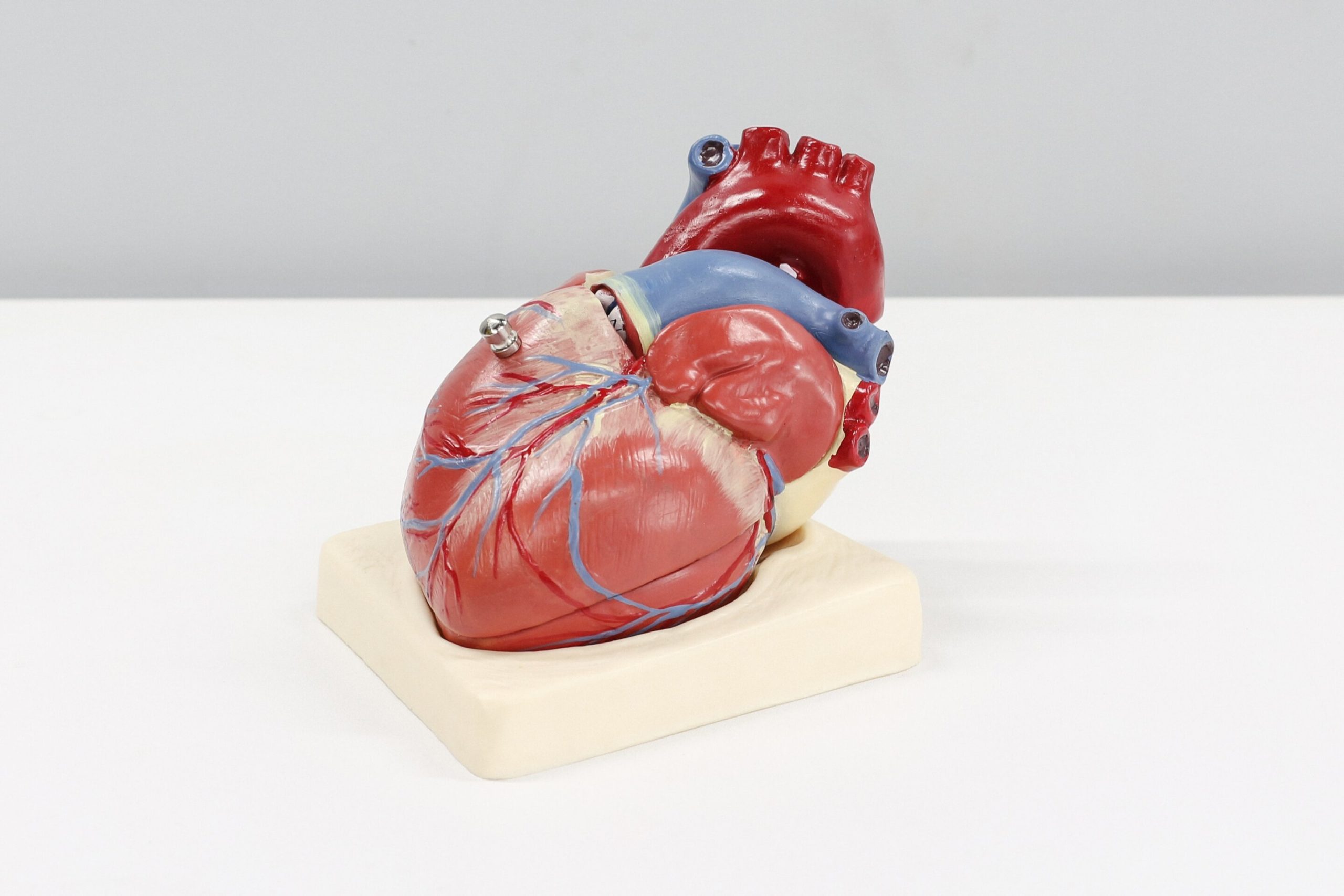Outdoor humidity and temperature levels during pregnancy could affect the future blood pressure of the unborn child, according to new research by the University of Bristol, published in JACC: Advances.
The study, part of the LongITools project, has shown that exposure to relative humidity and temperature levels during pregnancy was related to blood pressure changes in the children. Higher relative humidity in pregnancy was associated with a steeper increase in blood pressure, and prenatal exposure to higher temperature with a slower increase in blood pressure, especially in childhood from age 3 to 10 years. Although an increase in blood pressure is normal during this age range, these weather-related factors were associated with a different rate of increase, especially in childhood.
Previous studies have mostly measured blood pressure at a single time point, predominantly focusing on single exposures, particularly air pollution. In this study, using repeated measures of blood pressure, researchers aimed to assess the association of a range of prenatal urban environmental exposures with changes in systolic and diastolic blood pressure from childhood to early adulthood.
The study analysed repeated blood pressure measurements in over 7,000 participants aged between 3 and 24 years from Bristol’s Children of the 90s study, a world-leading longitudinal study, to assess the relationship of various characteristics of the urban environment in pregnancy with blood pressure from childhood to early adulthood. Analyses were repeated in four independent European cohorts in over 9,000 individuals in Finland, France and the Netherlands.
The research team explored 43 different measures of noise, air pollution, built environment, natural spaces, traffic, meteorology, and unhealthy food environment, and found that prenatal outdoor temperature and humidity could influence changes in blood pressure, especially in childhood.
Overall, the study showed:
- Higher humidity was associated with a faster increase and higher temperature with a slower increase in systolic blood pressure in childhood.
- Higher humidity was associated with a faster increase in diastolic blood pressure in childhood.
In the UK cohort, higher levels of air pollution were associated with a faster increase in diastolic blood pressure in childhood and a slower increase in adolescence, but this association was not replicated in other cohorts.
There was little evidence of an association of other urban environmental exposures with changes in systolic or diastolic blood pressure.
Dr Ana Gonçalves Soares, Research Fellow in Epidemiology in the Bristol Medical School: Population Health Studies and MRC IEU and lead researcher, said: “Children with higher blood pressure are more likely to have higher blood pressure as adults, which can increase the risk of heart disease and stroke as well as kidney disease and vascular dementia.
“Previous studies have already shown that some urban environmental exposures during pregnancy are associated with blood pressure in childhood. We were able to expand that further and explore whether these environmental exposures are also associated with trajectories (changes) of blood pressure from childhood to early adulthood.
“The findings suggest that humidity and temperature during pregnancy could change the child’s blood pressure. Further work is needed to be carried out to understand how weather-related conditions during pregnancy can affect the child’s blood pressure to inform strategies to prevent cardiovascular disease in later adulthood related to prenatal environmental exposures.”


